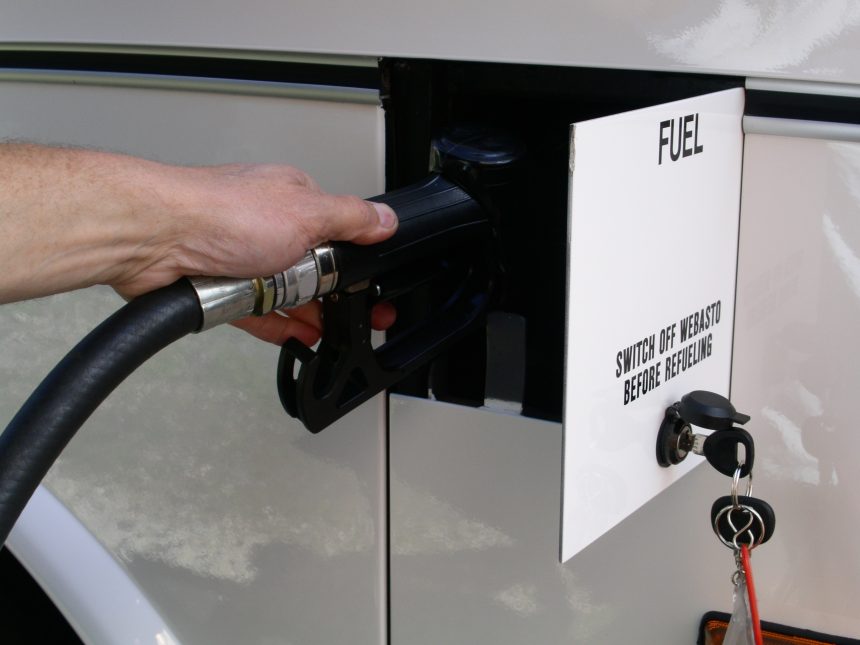Throughout November, the oil market was impacted by a mixed supply outlook and a worsening demand sentiment, causing Brent crude to fall to its lowest price since July at $77 per barrel by mid-month, before recovering to $83 per barrel by month-end. Portland Pricing’s index highlighted that delivered-in diesel declined from 122ppl to 115ppl, following a similar trajectory to its underlying Brent crude benchmark.
Concerns about the Israel-Hamas war extending into a wider conflict involving Iran and its proxies in Lebanon, Syria and Iraq were partially eased after Iran’s Foreign Minister stated that Iran does not want the conflict to spread, reducing the likelihood of potential supply disruptions.
A seven-day truce saw the release of hostages towards the end of November, although a permanent ceasefire remains doubtful as Israel’s Prime Minister vowed to “eliminate Hamas.” The International Energy Agency reaffirmed that the war has had no material impact on oil supply flows thus far, and stated that world oil supply growth is exceeding expectations.
OPEC+ agreed to deepen voluntary output cuts totalling around 2.2 million barrels per day for early next year to support oil prices, blaming the recent price drop on “overblown negative sentiment”.
A weak demand outlook was indicated by the Energy Information Administration’s weekly US crude stock reports, highlighting rising inventories throughout November. Additionally, recent data revealed that Chinese exports had declined by 6.4% from a year earlier in October, despite China’s National Bureau of Statistics data showing an overall uptick in Chinese economic activity.
In the UK, the Office for National Statistics estimates that GDP growth was zero in Q3 and is forecast to grow by just 0.1% in Q4, narrowly avoiding a recession. However, GBP reached a three-month high against USD and consumer price index inflation declined to 4.6%, its lowest level in two years. Although interest rates have been held at 5.25%, the Bank of England indicated that rates must remain sufficiently high to control stubborn inflation.
Meanwhile, USD recorded its largest monthly fall in a year, due to expectations that the Federal Reserve will begin cutting interest rates in 2024, after Governor Christopher Waller said that the 2% inflation target is on track.
Despite US consumer confidence improving in November, market analysts expect a recession. Therefore, a weak dollar has boosted GBP from $1.212 to $1.266 by month-end. As oil and refined products are traded in USD, a stronger GBP benefits the end-user of UK commercial diesel. Based on current wholesale diesel prices, a five-cent rise in GBP equates to a decline of almost 3ppl in the UK diesel price.
Regarding add on costs, the government’s Autumn Statement made no adjustment to fuel duty, which therefore will remain at 52.95ppl for petrol and diesel after the chancellor announced a 5ppl reduction for 12 months in March, meaning the end-user will not incur increased costs. Additionally, the cost to blend biodiesel to the UK standard of 7% biodiesel (B7 specification) remained low at c.3ppl, contributing to lower diesel prices.
The price of renewable diesel (HVO) declined significantly from 152ppl to 144ppl throughout November. As diesel prices also fell considerably, and Renewable Transport Fuel Certificates remained low at 15ppl (reducing the benefit that HVO consumers receive), the differential between the premium of renewable diesel and traditional fossil diesel was virtually unchanged, narrowing marginally from 30ppl to 29ppl by month-end.
Portland Pricing is a specialist provider of transparent, independent fuel price information, covering both traditional and alternative fuels. For more information visit its website.




























